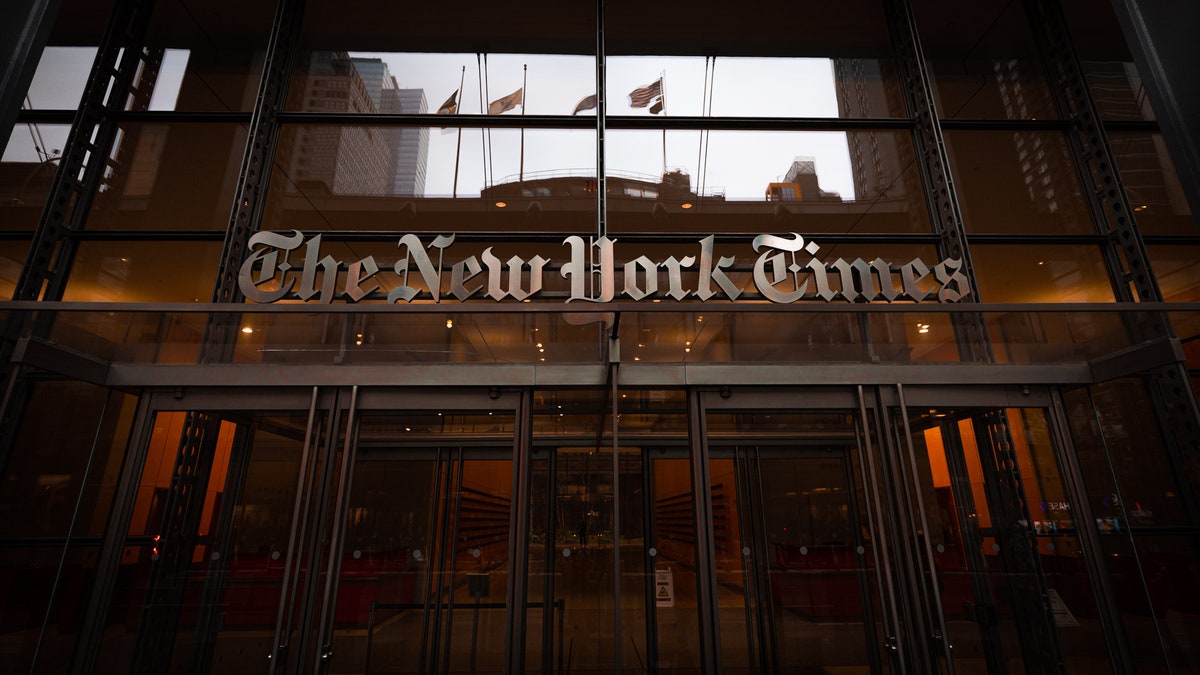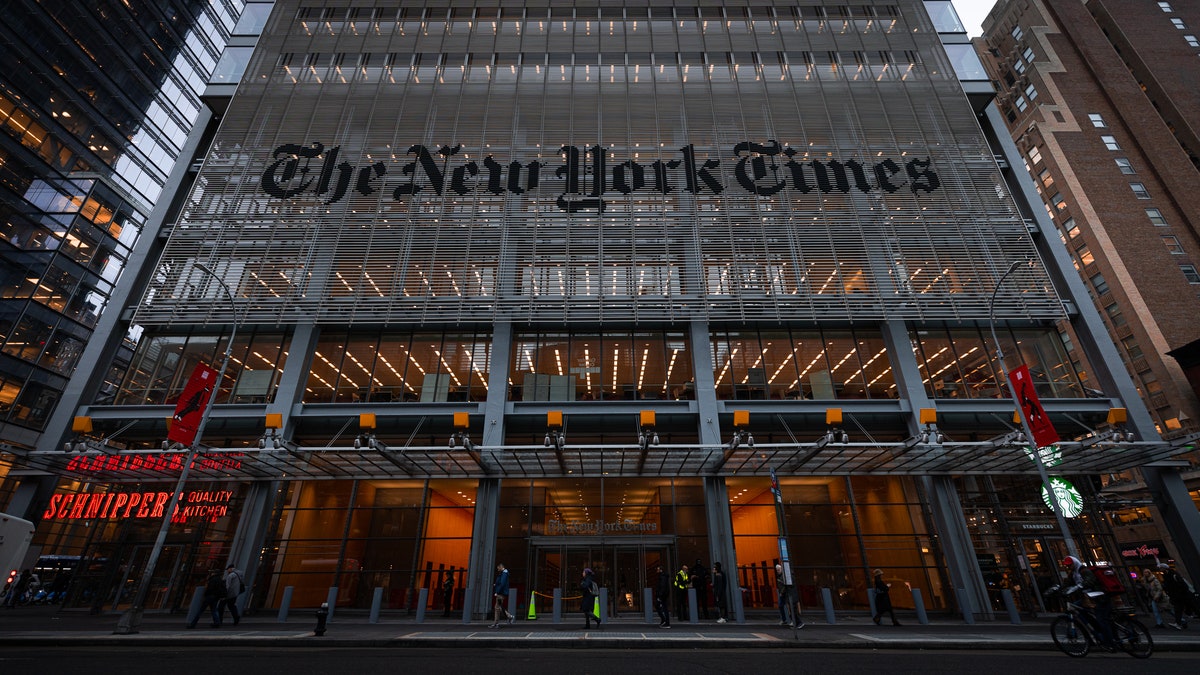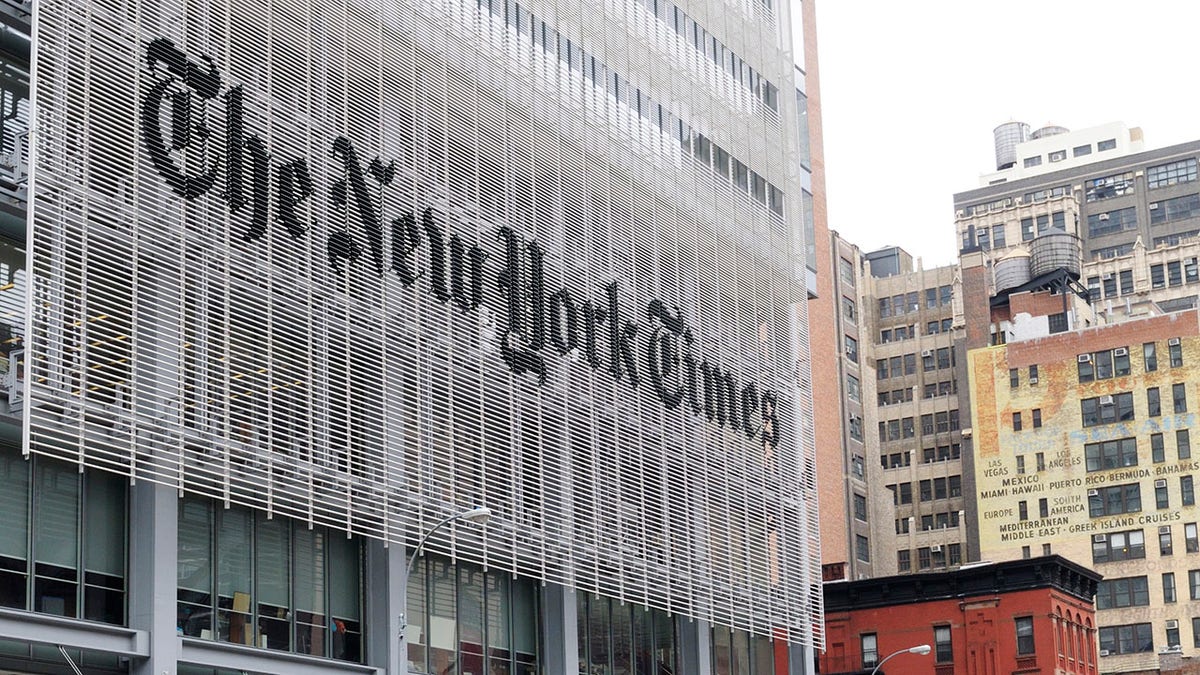The New York Times is sunsetting its dedicated sports department, opting to leverage its subsidiary, The Athletic, for sports coverage. This move comes 18 months after the Times acquired the subscription-based sports platform for $550 million.
Despite initial promises that The Athletic would operate independently, the Times now plans to integrate its content, offering it as part of the standard NYTimes.com subscription and featuring its articles prominently on the Times homepage.

The New York Times building in midtown Manhattan. (Fox News Photo/Joshua Comins)
The Times assures that no layoffs are anticipated. Current sports desk journalists will be reassigned within the newsroom. Some business reporters will focus on the financial and power dynamics of the sports world, while sports-related content will be woven into other sections of the paper.
Executive Editor Joe Kahn and Deputy Managing Editor Monica Drake described the decision as a strategic shift in sports coverage. They emphasized a future focus on in-depth reporting exploring the intersection of sports with broader societal themes like finance, influence, culture, and politics, while reducing coverage of individual games, players, and teams.

The New York Times purchased The Athletic in January 2023. (Fox News Photo/Joshua Comins)
The Athletic underwent layoffs and restructuring earlier this year, and it remains unprofitable, with a $7.8 million loss in the first quarter of 2023. However, its paid subscriber base has reportedly expanded by over 3 million since the acquisition.
The Times sports department has been shrinking for some time, losing its dedicated print section and reducing coverage of local teams. Chairman A.G. Sulzberger and CEO Meredith Kopit Levien informed staff of the change, stating their ambition to become a global leader in sports journalism.

The New York Times sports department expressed concerns to management about the future of their section. (Getty Images)
The sports desk staff sent a letter to management expressing their concerns about the lack of communication and the perceived threat to their department. They felt left in the dark during the acquisition and subsequent decisions about sports coverage.
Comments(0)
Top Comments